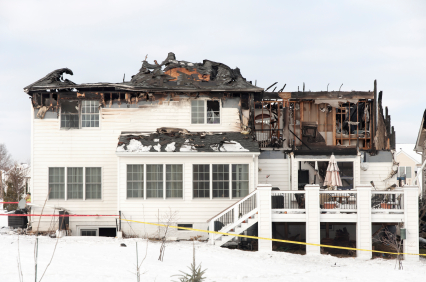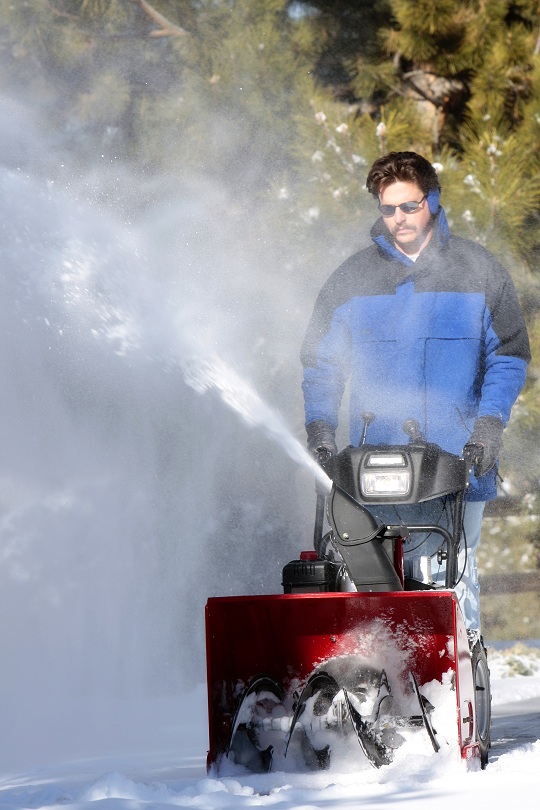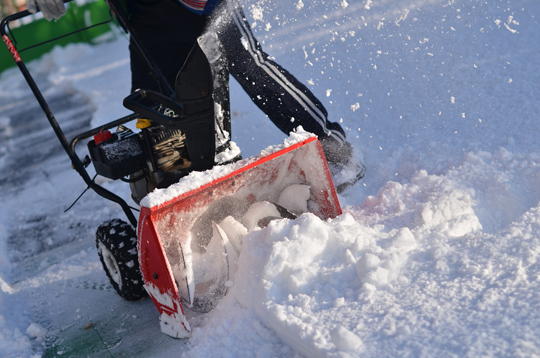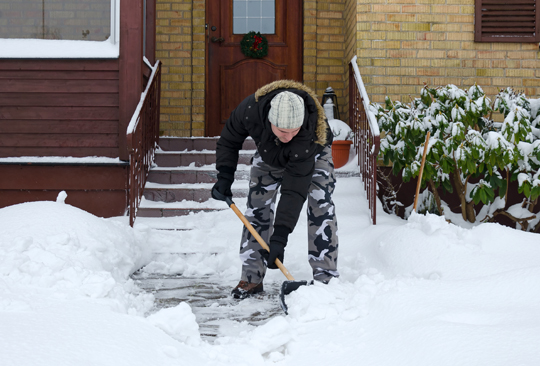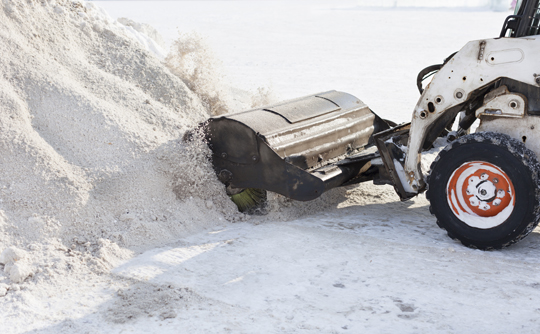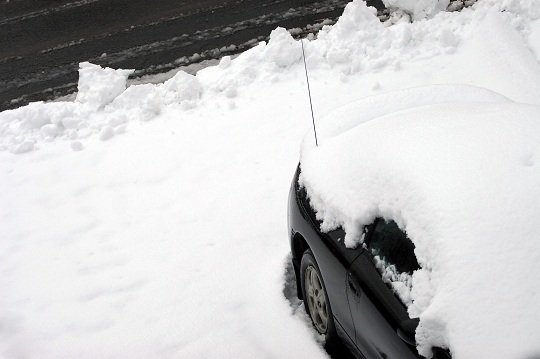Save yourself the time inspecting your roof and ask yourself these questions first. If your answers to any of these following questions are yes, it’s time to check up on your roof.
1. Does any part of the ceiling leak inside your house?
2. Do you observe any missing tiles/shingles on your roof?
3. Have you observed strong wind current/hail on your area recently?
Wind Damage
The most common of all the storm damages is wind damage. Wind can either blow and carry away the shingles of your roof or it may blow other objects into your roof, chipping away at the shingles. In extreme occasions you may see that the wind has knocked down or broken off a tree branch. If you are lucky, the tree branch has just fallen on the ground instead of crushing someone’s car or damaging someone’s roof.
If a tree branch does damage your roof, you will need to leverage it if not replace it entirely. Take care to address these damages as soon as possible, because a tear in your roof, along with water buildup, can rot the wooden material below and cause extensive damage.
Hail Damage
One of the other types of damage is the hail damage. This one is pretty straightforward – a block of ice collides into your roof, denting it or knocking out shingles and tiles. Hail damages can be extensive depending on the area you reside. Some areas get hail all the time, while others don’t at all.
It should be remembered that the main factor behind hail damage is the density of the hail, not the size; a small block of ice hurts more than a big ball of snow if thrown into your face. Typically, the kind of hail the makes a sharp noise when hitting your roof causes the worst damage.
Additional Help
If you feel like you need professional help on identifying types of roof damage after a storm, TalkLocal can help with finding the correct local experts in this case, saving you time and energy in what may be a stressful situation.

